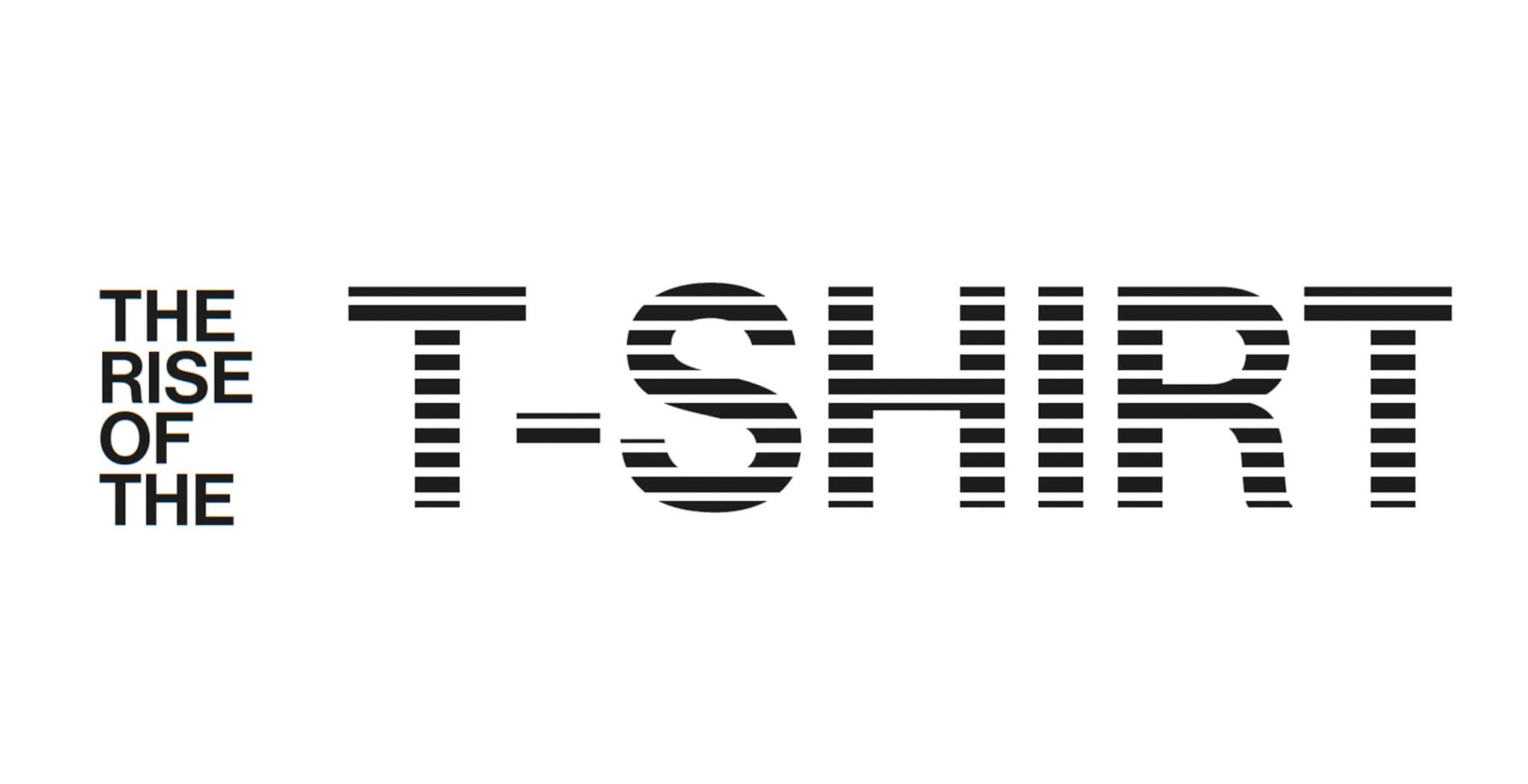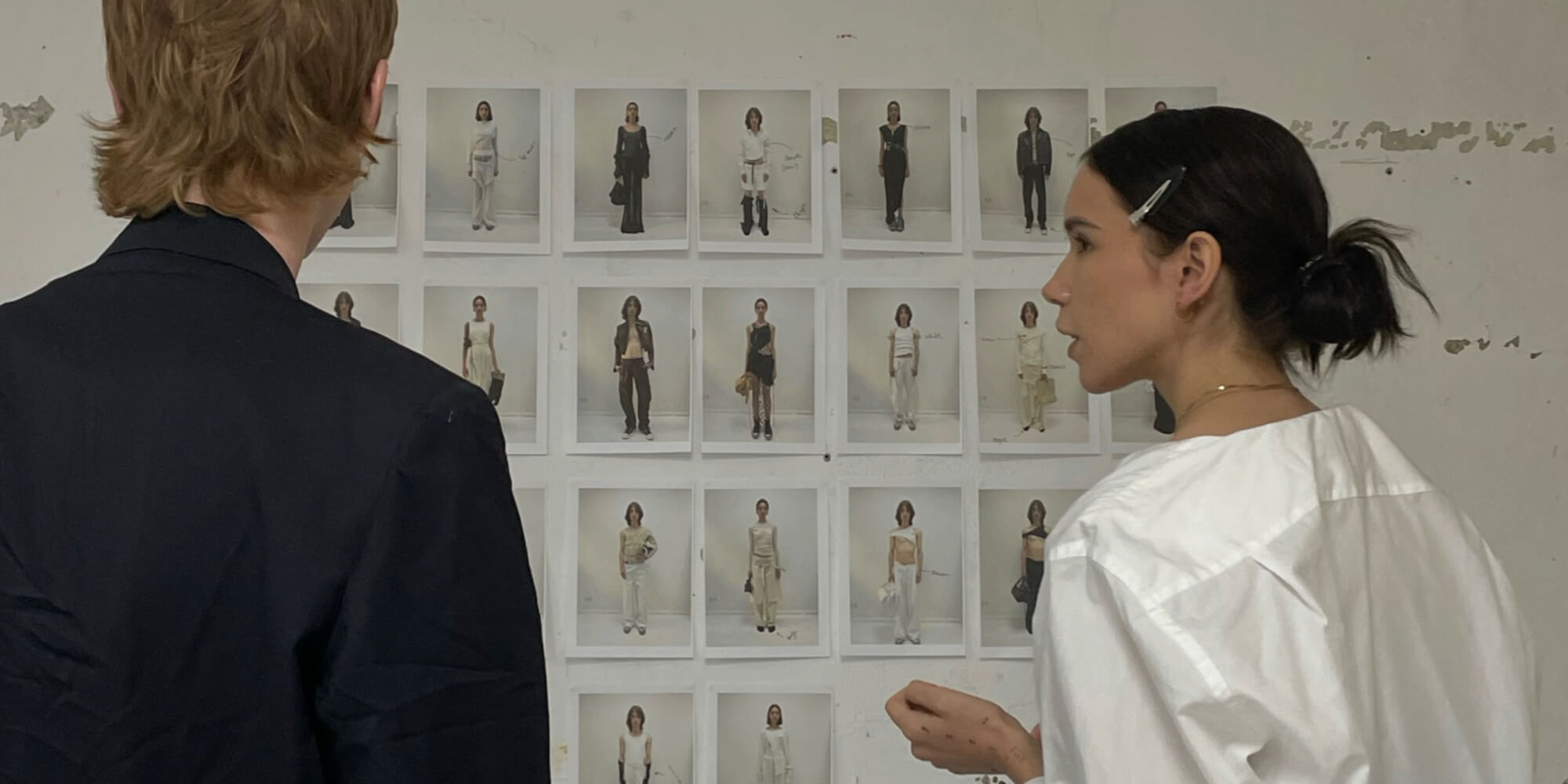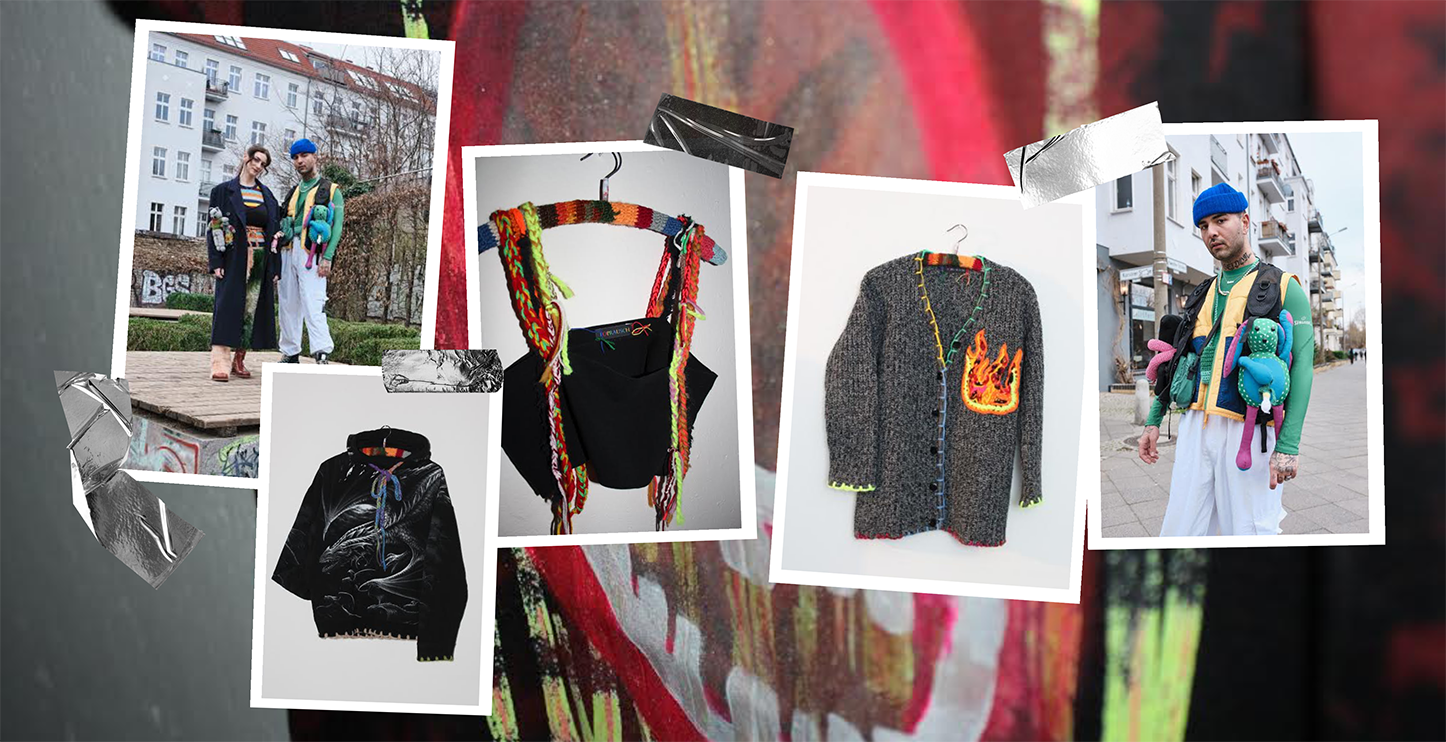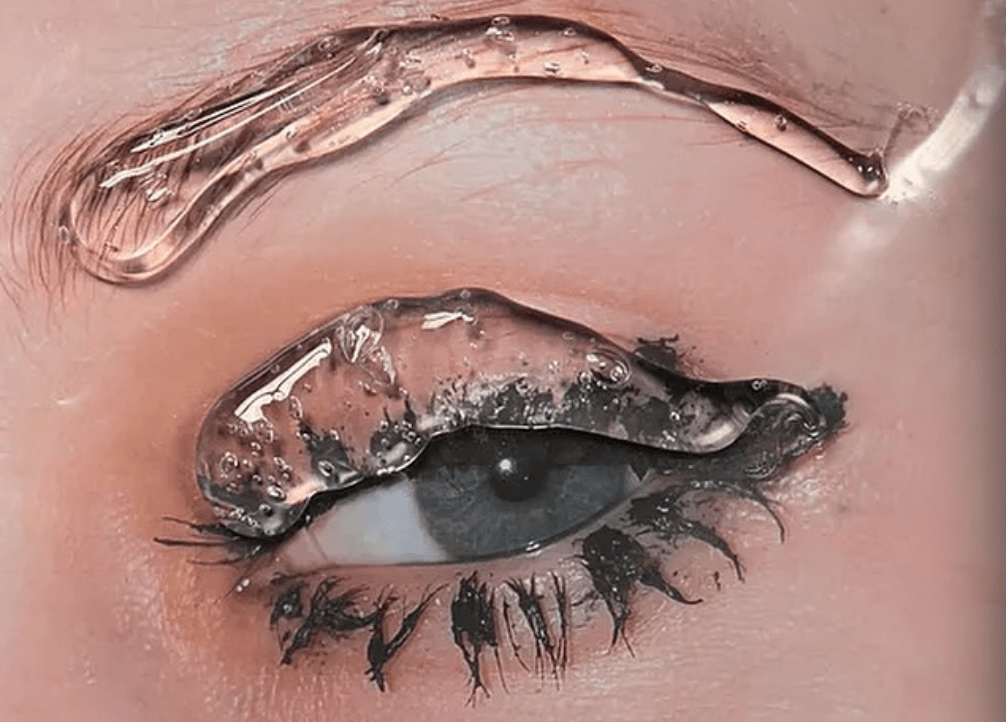THE RISE OF THE T-SHIRT
The T-shirt is not just a fashion icon; it is a cultural artifact in its own right. It transcends mere garments and serves as a canvas for self-expression.
It’s remarkable to think that one of today’s most popular clothing items was originally intended to remain hidden. Initially introduced in 1904 as a “new product for bachelors,” the T-shirt evolved from the one-piece undershirt and underpants combo. Its visibility increased when the U.S. Navy began providing them to G.I.s, and upon their return, World War II veterans continued to wear these shirts.
Hollywood played a significant role in propelling the T-shirt to fame. Marlon Brando’s portrayal of Stanley Kowalski in the 1947 film “A Streetcar Named Desire,” clad in a form-fitting white shirt, became iconic. James Dean further cemented the T-shirt’s status in 1955’s “Rebel Without a Cause,” embodying rebellion and wearing a white tee. Unsurprisingly, T-shirt sales skyrocketed.
Around the same time, political parties recognized the promotional power of free T-shirts and began distributing them at rallies. Companies like Disney and Coca Cola started printing their designs on shirts, marking the advent of printed commercial T-shirts. Music bands also joined in, solidifying the cultural significance of classics like The Rolling Stones or Kiss shirts. Devoted fans eagerly adorned their chests with their idols’ logos, expressing their musical preferences.
The T-shirt became a medium for various expressions. Hippies embraced the DIY approach, tie-dyeing their shirts, while early pioneers of hip-hop used them as canvases to showcase graffiti skills or represent their crew’s names. From these roots, streetwear blossomed when Shawn Stüssy utilized a broken permanent marker to scribble his name on a shirt, promoting his surf business. A Supreme Box Logo or a graphic tee featuring street art legend Shepard Fairey’s OBEY Icon Facelogo is not just a fashion item but a piece of art history.
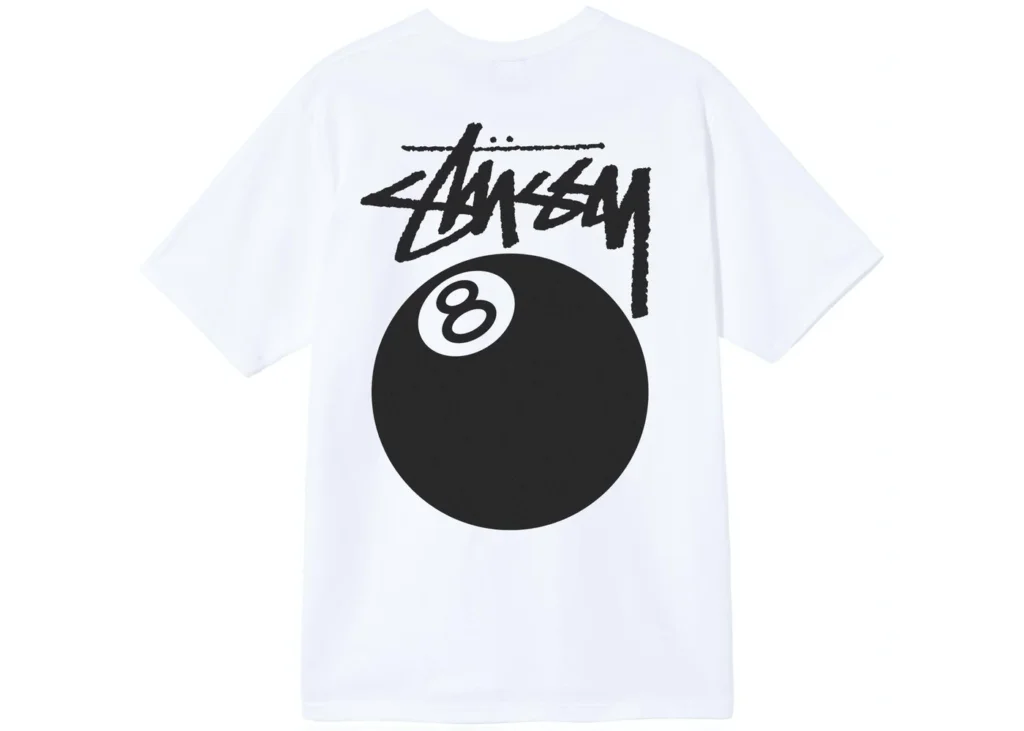
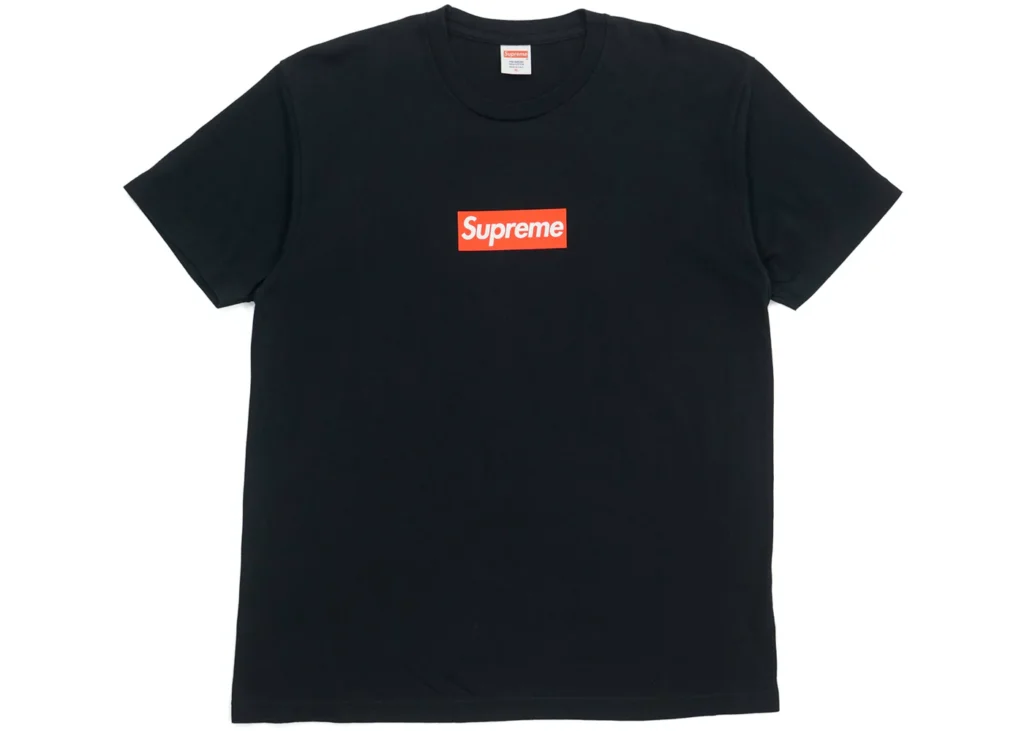
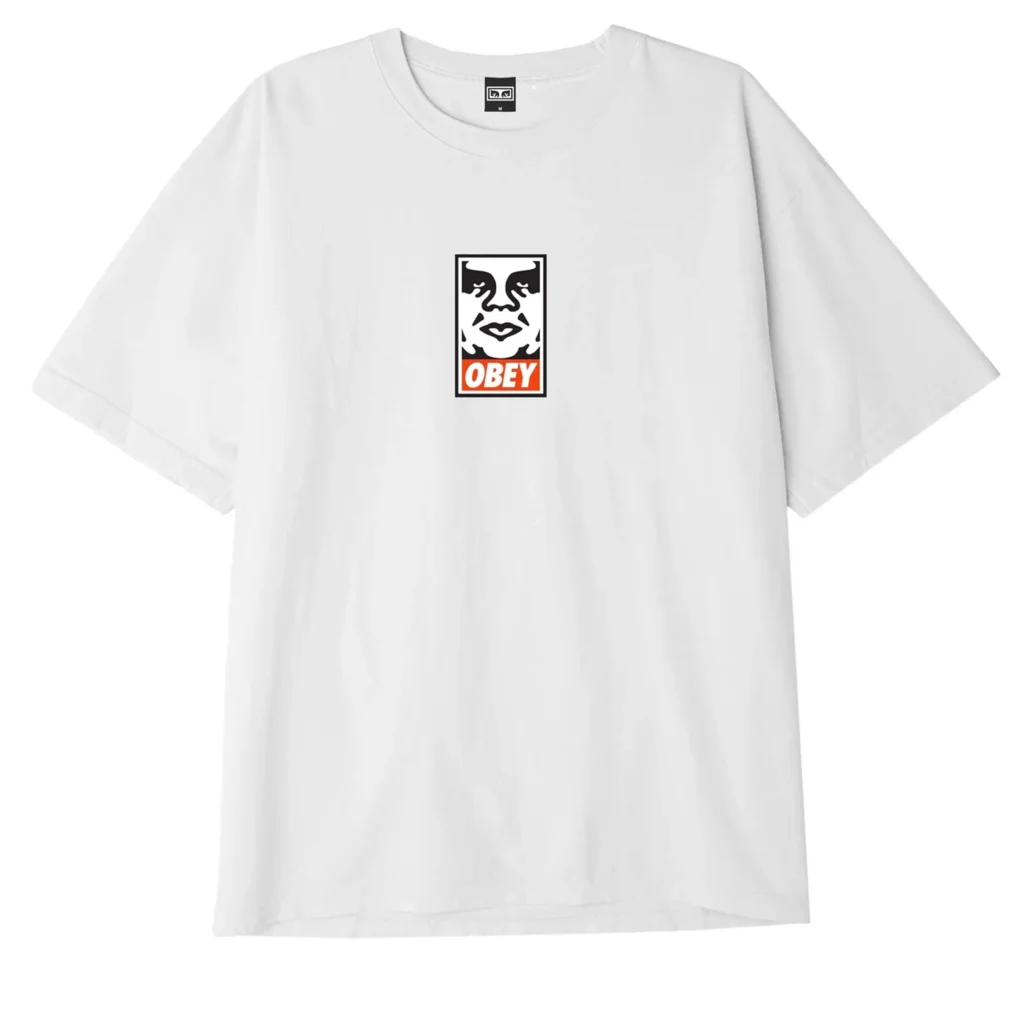
The T-shirt became a blank canvas for self-expression in all forms. Whether you wanted to exhibit your sense of humor with phrases like “I’m with stupid” or “Kiss me, I’m Irish,” demonstrate your love for travel with an “I (heart) NY” shirt, proudly wear a Hard Rock Cafe shirt, or make a political statement with Alberto Korda’s famous photograph of Argentine revolutionary Ernesto “Che” Guevara, the T-shirt allowed for diverse expressions.
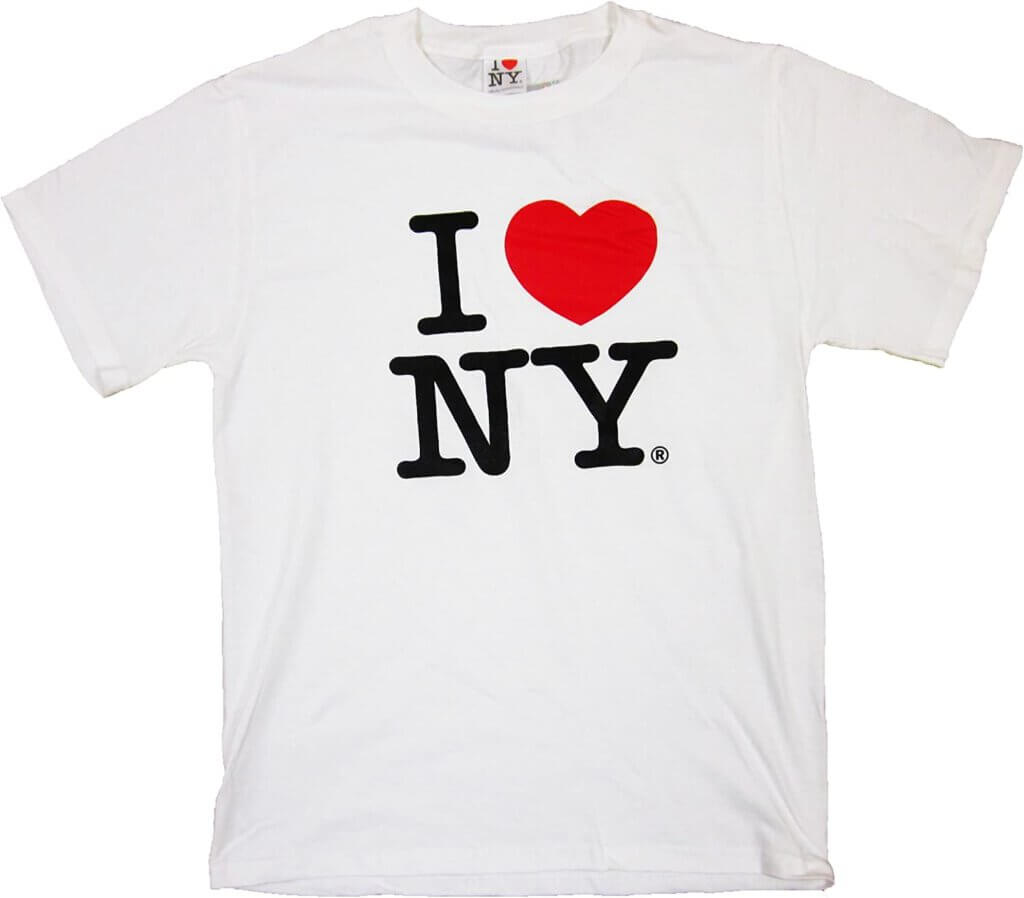
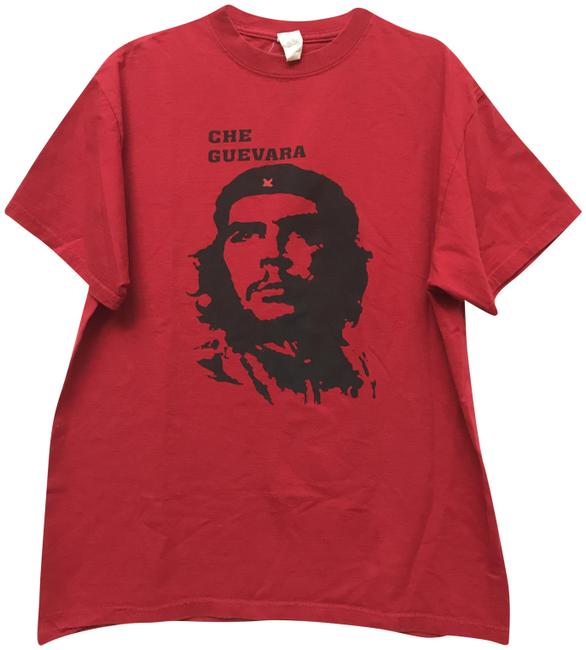
Fifty years after James Dean’s “Rebel Without a Cause,” the plain white tee garnered attention again. Some U.S. schools banned oversized white T-shirts due to an alleged association with drug-related crimes and gang violence, a move criticized for its racial implications and ties to Black culture.
In 2004, Dem Franchise Boyz’s crunk anthem “White Tee” (“I slang in my white tee, I bang in my white tee / All in the club, spitting game in my white tee”) further popularized this simple yet impactful piece of clothing. Even in its most basic form, the white tee remains a fashion statement. More than a century after its introduction, it continues to reflect cultural conversations, making it the perfect garment to showcase one’s true identity.








